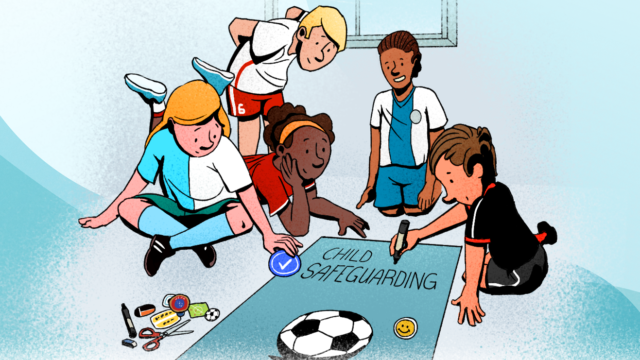Take a step forwards (to the right)!
1. Create a cosy atmosphere with relaxing music playing in the background. Or the participants are asked to sit quietly.
2. Role cards are randomly sent to the participants individually via text message, each participant is given a role, and they are asked not to share the role messages they receive with other participants.
3. They are asked to read the role messages they receive silently once again.
4. They are asked to start getting into their roles. A few of the following questions are asked to help. There is a short pause after each question for the participants to think and visualise themselves and their experiences.
In the initial imagining phase, some participants may say that they know very little about the life of the person they are going to portray. They are told that this is not important, that they should use their imagination and try to do as good a job as they can.
- What was your childhood like? What was your home like? What kind of games did you play? What did your parents do?
- What is your daily life like now? What are your socialising environments? What do you do in the morning, afternoon and evening?
- What kind of lifestyle do you have? Where do you live? How much do you earn per month? What do you do in your free time? What do you do on holidays?
- What are the things that excite you? What are the things that scare you?
5. Now, the participants are asked to position themselves in absolute silence as at the starting line in the digital athletics area where their names are placed on the common work page created using excell, a common work file (previously sent to them via e-mail, etc.).
6. Tell the participants that you will read a list of situations and events. For each statement to which they answer "yes", they should take a step forward (move one cell to the right). Otherwise, they are asked to stay where they are and not to move.
7. The "situations" are read in turn. After each statement, they are given a short time to move one cell to the right and realise where they stand in comparison to the others.
8. At the end of the activity, the participants should look at where they stand. They are given a few minutes to step out of the role. Then the plenary session is started and the debriefing section begins.
In the debriefing phase; start this section by asking the participants what is going on, what they think about the activity and then continue with the following questions.
- What did they feel when stepping forwards - or stopping?
- People who stepped forwards more often felt that others were not moving as fast as them.
when did they realise?
- Do any of them feel that there are moments when basic human rights are ignored?
- Can the participants predict each other's role (At this stage, everyone's role is
ask him to explain)
- How easy or difficult was it to play a different role? How easy or difficult was it
How did they visualise it in their minds?
- Does this exercise reflect social realities in some sense? How?
- Which human rights apply to the different roles played? Does any person have human rights?
Can he/she say that he/she is not respected or does not have access to these rights?
- What are the priority steps to be taken to tackle inequalities in society?
Method Details
This method addresses
Added by
Contact with the Author
Take a step forwards (to the right)! 0 reviews
Login to Write Your ReviewThere are no reviews yet.
Write Your Review
Related Listings

-
In Person Training
-
minimum 20 people who are divided in 2 groups, Up 20
-
40-120 minutes depending on depth of discussion















